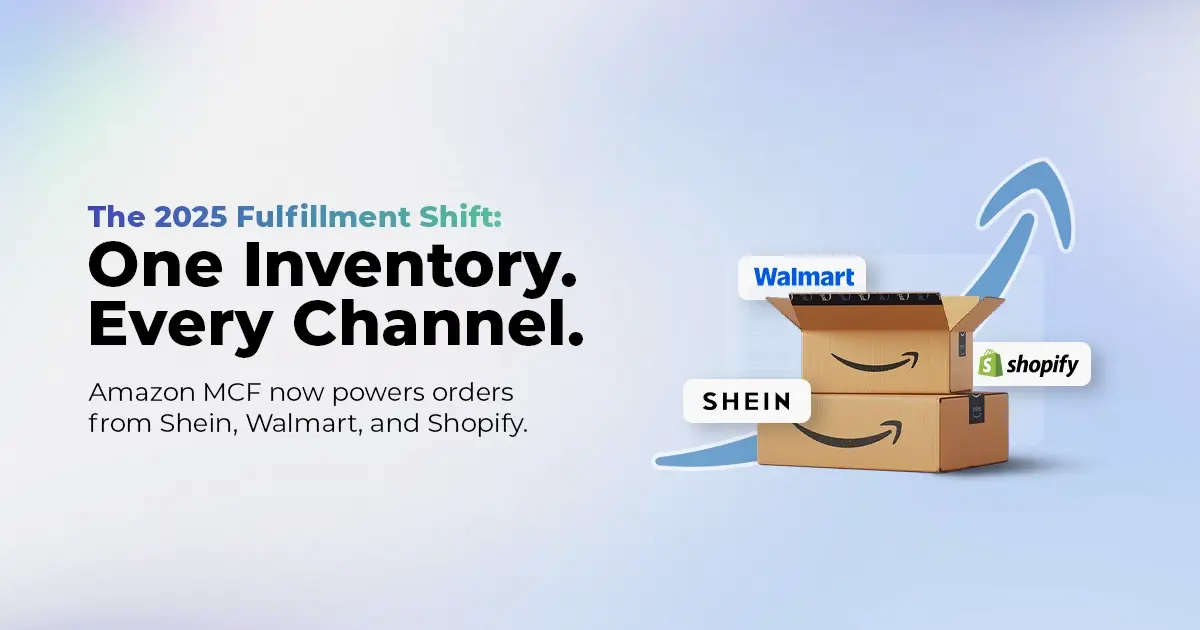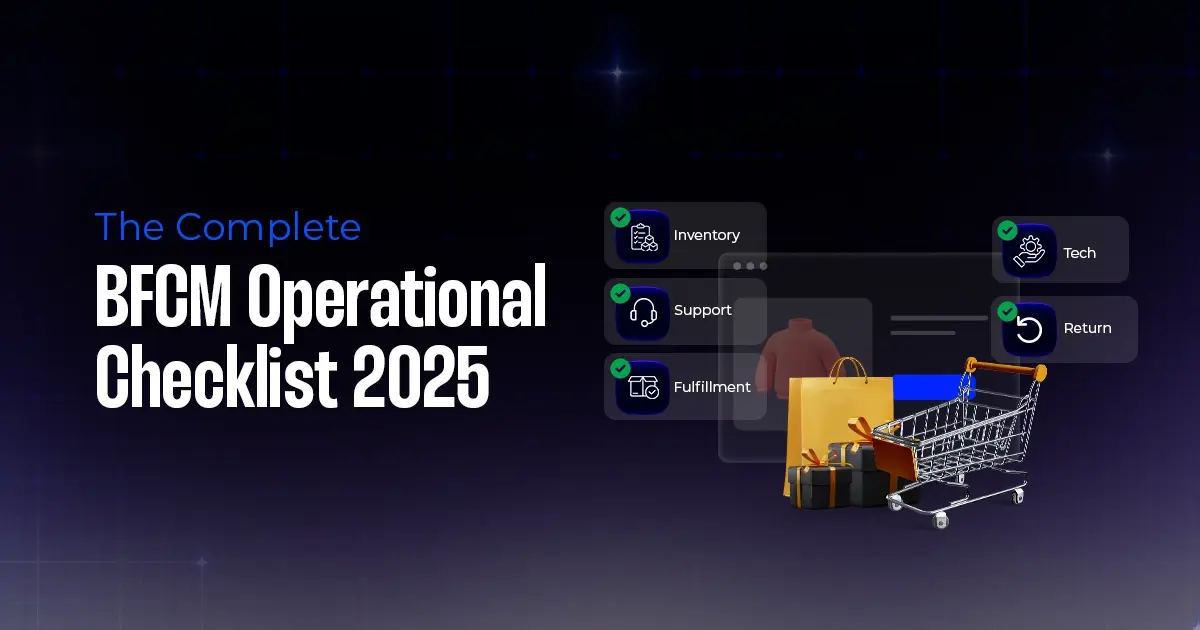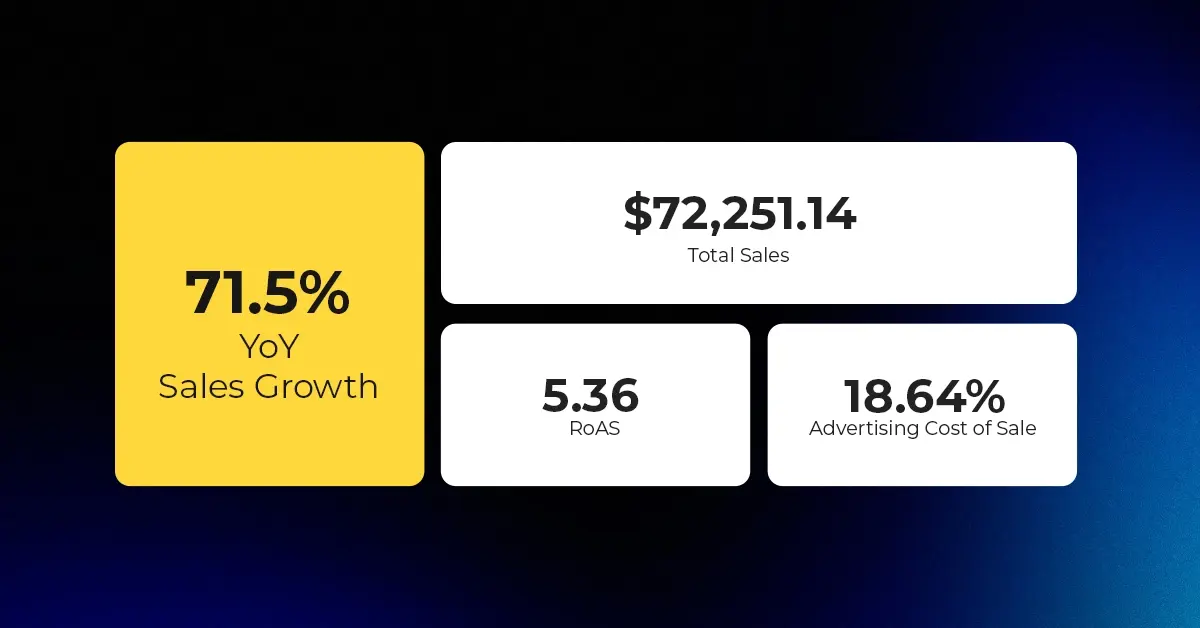BFCM Conversion Tactics: Smart Bundles, Flash Sales & Scarcity Marketing
Reading Time: 13 minutesStill approaching BFCM with generic discounts, last-minute price cuts, or scattered promotions?…
Choosing the right platform is crucial for your eCommerce business. The chosen platform serves as the foundation for the online store, influencing everything from user experience to operational efficiency. It all boils down to understanding your business goals and needs. Magento, a leading force in the eCommerce platform world, offers businesses two main options to build their online store: Magento Open Source (formerly Magento Community) vs Adobe Commerce (formerly Magento Commerce).
This blog aims to help you know everything about Magento Open Source vs Adobe Commerce (Magento Community vs Magento Commerce) so that you can choose the right platform for your business. Armed with the right information, you’ll be able to make a smart decision that sets you up for success online.
Magento Open Source is a free, open-source platform that provides a powerful foundation for building an eCommerce store. It offers a high degree of customization and flexibility, allowing you to tailor it to your specific needs.
The platform is packed with essential features like integrated checkout, payment, and shipping options, mobile-optimized shopping, and global selling capabilities. It’s got all the basics covered, making it a solid choice for beginners.
Adobe Commerce is a paid, feature-rich platform designed for businesses seeking a more robust and scalable solution. It takes things up a notch with features like live search, product recommendations, visual merchandising, and business intelligence dashboards. It’s the perfect choice for larger enterprises looking to deliver superior-quality customer experiences across channels and devices.
When choosing an eCommerce platform, understanding the differences in features and functionalities between Magento Open Source and Adobe Commerce (Magento Community vs Magento Commerce) is crucial. Let’s compare these aspects:
Magento Open Source offers a significant upfront cost saving. Moreover, you can outsource hosting, development, maintenance, and support services as per your requirements.
Whereas, Adobe Commerce utilizes a tiered licensing structure, starting around $20,000 per year based on your store’s annual gross merchandise value (GMV). The paid licensing model includes essential features, security, and dedicated support.
Here’s a general idea of Adobe Commerce pricing based on annual revenue:
Magento Open Source offers self-hosting. So, you have complete control over your server environment. This allows for deep customization and configuration to optimize your store’s performance and security. However, it’s important to note that self-hosting requires a high degree of technical knowledge to manage server tasks, security updates, and ongoing maintenance.
Like MOS, Adobe Commerce provides the flexibility of self-hosting for businesses with the resources and expertise to manage it. However, the cloud-based Adobe Commerce Cloud option offers a more scalable, secure, and hands-off solution with reduced IT burden.
Magento Open Source utilizes a single database to store all information. As a result, it is a good starting point for businesses with a limited product catalog and anticipated customer base. It can handle basic traffic volumes and product offerings efficiently.
On the other hand, Adobe Commerce is designed to support large-scale online stores featuring extensive product catalogs and experiencing high traffic. Its infrastructure dynamically adapts to accommodate spikes in traffic and increased data storage requirements, ensuring seamless scalability and optimal performance.
Magento Open Source is open-source in nature. This means that the source code is freely available to all. So, it offers a basic level of security. You’ll need to stay updated on the latest security patches and implement additional security measures.
Adobe Commerce comes with a comprehensive suite of built-in security features, including regular security updates, a Web Application Firewall, PCI Compliance support, and a dedicated security team. This provides a higher level of protection for your store and customer data.
Magento Open Source is a strong choice for B2C and D2C businesses that prioritize a user-friendly experience. With a wide range of customization options such as product carousels, wishlists, one-step checkout, and a cost-effective approach, it works best for B2C and D2C businesses.
However, for businesses with evolving B2B needs or anticipating significant growth, Adobe Commerce might be a better long-term solution. Features like Company Accounts and User Management, Custom Quotes, and Order Approval Workflows, make it ideal for B2B businesses.
Magento Open Source offers basic marketing tools, such as coupons, promotions, and product reviews. This can be helpful for startups or small businesses to get started with basic promotions and customer engagement strategies. You can also find extensions for email marketing, abandoned cart recovery, loyalty programs, and more.
Whereas, Adobe Commerce offers a powerful marketing automation suite. You can craft personalized email campaigns, segment customers for targeted promotions, and design high-converting landing pages. Seamless CMS integration with Adobe Experience Manager lets you manage content centrally. A/B test different marketing elements and leverage AI for personalized recommendations. Track campaign performance and analyze customer behavior to optimize your marketing efforts and drive higher sales. This comprehensive suite, coupled with integrations within the Adobe Marketing Cloud, gives you the tools to automate tasks, personalize the customer journey, and make data-driven decisions for marketing success.
Magento Open Source handles basic product information like descriptions, images, and pricing. It’s sufficient for businesses with a limited product range. Businesses with a small, well-defined product catalog get a user-friendly interface for managing product information at no additional cost.
On the other hand, Adobe Commerce lets you manage large and intricate product catalogs with ease. You can define a vast array of product attributes for detailed variations, streamline product data management with bulk import and export functionalities, and gain full control over inventory across channels.
Magento Open Source allows you to manage core website content without needing extensive investment. It offers basic content management features for creating static pages like About Us, Contact Us, and product descriptions.
Whereas, Adobe Commerce has a user-friendly WYSIWYG (What You See Is What You Get) editor, for easy content creation. You can also utilize pre-built templates and drag-and-drop functionality to create visually appealing and customized page layouts Additionally, the drag-and-drop functionality of the built-in Page Builder streamlines page creation, allowing you to design unique and visually appealing layouts without needing coding expertise. This lets you manage content across various channels, like your website and mobile app, from a centralized location, ensuring consistency and saving time.
Magento Open Source’s search functionality relies on keywords and product attributes. This is great for small stores with a limited product range.
Adobe Commerce leverages Adobe Sensei to deliver intelligent Live Search functionality. Customers can easily refine their search results based on various product attributes like price, brand, color, size, etc. This allows for a more precise search experience.
Magento Open Source offers limited built-in integration with the Adobe Experience Cloud. However, there are third-party extensions available to connect Magento Open Source with some Adobe tools. They may require additional development effort, and ongoing maintenance, and come with varying levels of reliability and support.
Whereas, Adobe Commerce seamlessly integrates with other Adobe Marketing Cloud tools, empowering you to create a unified customer experience across all touchpoints. This includes solutions like:
Selecting the right eCommerce platform between Magento Community vs Magento Commerce is an investment in your business’s future. While cost is a factor, focusing solely on the price tag can lead to limitations down the road. Here’s how to approach this decision with a growth and ROI mindset:
If you’re just starting out and have a limited budget, Magento Open Source can be a great launchpad. It allows you to test the waters of eCommerce without a significant upfront investment. You can leverage the community resources and extensions to build a basic store and gradually scale up as your business grows. Here are the key features that make it ideal for small businesses:
As your customer base and product offerings expand, the limitations of Magento Open Source might become apparent. Consider migrating to Adobe Commerce when scalability becomes a concern. Here’s where the true ROI potential shines:
Yes, Magento Open Source is free to download and use. However, there are additional costs to consider, such as hosting, development, extensions, and maintenance.
Yes, migrating from Magento Open Source to Adobe Commerce is possible, but it can be a complex process and might require professional assistance.
For basic functionalities, you might not need a developer. However, for customization, complex extensions, or integration with other systems, developer assistance might be necessary.
Magento Open Source relies on community support forums and third-party developers. Adobe Commerce offers dedicated 24/7 support from Adobe. You can also get expert support for Magento services from CedCommerce.
By carefully evaluating the features, functionalities, and capabilities of Magento Open Source vs Adobe Commerce, you can align your eCommerce platform choice with their specific objectives and aspirations. Remember, the decision isn’t just about cost, but about the overall value proposition each platform offers for your specific business goals.
If you are a small to medium-sized business owner, Magento Open Source is an ideal option for you. However, for enterprise-level businesses, Adobe Commerce is the answer.
Additionally, to seamlessly integrate Magento Open Source with marketplaces and further enhance your eCommerce capabilities, consider leveraging solutions like CedCommerce Magento Open Source Integration. This integration bridges the gap between your Magento store and various online marketplaces, streamlining operations and expanding your reach to a broader audience.
With CedCommerce Magento Open Source Integration, you can efficiently manage product listings, inventory, orders, and customer data across multiple platforms from a centralized dashboard. This not only saves time but also ensures consistency and accuracy.
If you are still unsure or want to have a more detailed discussion on Magento Open Source vs Adobe Commerce (Magento Community vs Magento Commerce), connect with us today!

Reading Time: 13 minutesStill approaching BFCM with generic discounts, last-minute price cuts, or scattered promotions?…

Reading Time: 3 minutesTikTok Shop reached a major milestone during its largest U.S. “Global Black…

Reading Time: 3 minutesOpenAI has announced a new AI-powered shopping research tool designed to help…

Reading Time: 9 minutesIf your TikTok Shop listings often sit in review or your visibility…

Reading Time: 3 minutesAmazon has rolled out a new “Seller Challenge” feature for eligible Account…

Reading Time: 3 minutesWalmart Marketplace has sharpened its requirements around product classification (category, type group,…

Reading Time: 3 minutesJust ahead of Black Friday, Amazon is enforcing tighter controls on its…

Reading Time: 11 minutesWhere holiday prep of past years focused on legacy channels like Amazon,…

Reading Time: 11 minutesThe eCommerce shift you actually need to act on Multi-channel fulfillment has…

Reading Time: 10 minutesBlack Friday Cyber Monday (BFCM) isn’t a weekend anymore; it’s a two-month…

Reading Time: 2 minuteseBay is quietly testing a new feature that could reshape how buyers…

Reading Time: 2 minutesAmazon is stepping into a new era of value commerce with the…

Reading Time: 11 minutesThe $240 Billion BFCM Opportunity & Why Operations Matter Every seller, business,…

Reading Time: 7 minutesTL;DR — Your 60-Second BFCM Battle Plan Time remaining: 3 weeks until…

Reading Time: 2 minutesChina’s Double 11 shopping festival — the world’s largest annual online retail…

Reading Time: 2 minutesAs the holiday season approaches, TikTok Shop has released its September 2025…

Reading Time: 3 minutesIn a continued effort to enable sellers and stimulate new product launches…

Reading Time: 2 minutesAs global trade enters a new phase of regulation and cost restructuring,…

Reading Time: 2 minutesOpenAI Turns to Amazon Web Services in $38 Billion Cloud Deal: What…

Reading Time: 4 minutesAbout the Client TMRG is a global health and wellness brand with…
Wow, so great article! And I agree with your conclusions, thank you for sharing that!
Check out this article for more information you might find useful – https://elogic.co/blog/magento-community-vs-enterprise-edition-comparison/.
Thanks Joe,
I am glad you like the blog.
Leave a Reply